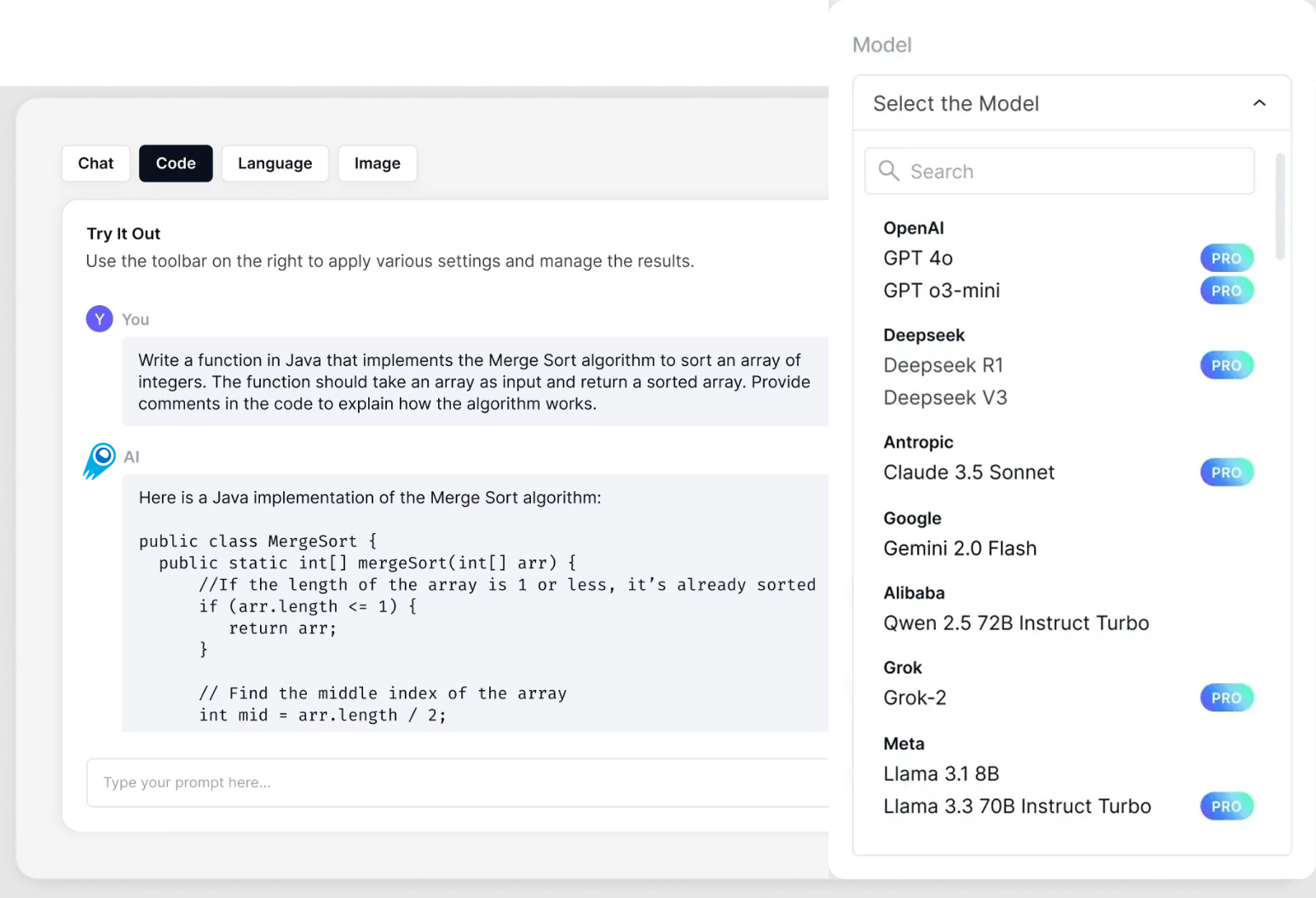Grok 4.1 is xAI’s incremental upgrade to the Grok-4 family that xAI began rolling out in mid–late 2025. xAI presents Grok 4.1 as a release focused on improved conversational quality — notably emotional intelligence, creative writing, and responsiveness .
primary features
- Two interaction modes: Grok 4.1 is offered in reasoning (“Thinking”) and non-reasoning modes (fast, non-thinking immediate responses), enabling tradeoffs between deliberative chain-of-thought style outputs and lower-latency replies.
- Improved interpersonal/emotional responses: xAI reports top scores on EQ-Bench (emotional intelligence benchmarks), claiming substantially higher Elo on EQ-Bench evaluations versus prior versions.
- Higher perceived conversational quality and emotional intelligence: Grok 4.1 improvements on new interpersonal / EQ benchmarks (EQ-Bench3) and claims better multi-turn coherence and empathy.
- Tooling & web/X integration: Grok continues to support native tool use (web search, code execution, agentic tool calling), with the 4.x family explicitly designed for real-time search integration and agentic workflows.
- Grok 4.1 reduced the information error rate by approximately 65% and decreased the incidence of hallucinations by 3 times. In particular, in the “non-reasoning mode” with external search tools, the consistency of facts was more stable.
Technical details
- Model family & configurations: Grok 4.1 is an update to the Grok 4 family and is available in Thinking (T) and Non-Thinking (NT) modes.
- Training recipe (high-level): Pretraining used a mixture of public web data, third-party sources, user/contractor data and internally generated content. A targeted mid-training phase and post-training supervised fine-tuning plus RLHF (reinforcement learning from human feedback and model-based graders) were used for capability and safety tuning.
- Innovatively, use cutting-edge agency reasoning models as reward models to autonomously evaluate and improve response quality, automatically review Grok’s answers, thereby improving style, logic, and consistency through large-scale iterations.
Benchmark performance & supporting data
- LMArena / Text Arena: Grok 4.1 (and Grok 4.1 Thinking) reached top positions on LMArena’s public Text Arena leaderboard with Elo ratings reported in the mid-1400s (Grok 4.1 Thinking ~1483 Elo; non-thinking ~1465 on some snapshots). These scores place Grok 4.1 ahead of many contemporaries on that leaderboard at the snapshot times.
- EQ-Bench (emotional intelligence):Grok 4.1 scores in the ~1580s Elo range on EQ-Bench3 (LLM-judged roleplay tests measuring empathy/insight). xAI also claims significant improvement in creative writing Elo (e.g., quoted jumps ~600 Elo on certain creative writing benchmarks vs prior Grok versions).
- Blind preference / A/B testing: xAI reported a ~64.8% win rate for Grok 4.1 in blind preference tests versus the prior Grok 4 release in internal/controlled comparisons.
- Hallucination and factuality: xAI/coverage claims reduced hallucination rates (e.g., “three times less often” on certain information-seeking queries compared to the previous generation) achieved via targeted post-training and web-anchoring strategies.
Limitations, risks and safety posture
- Refusal and adversarial robustness: Grok 4.1 refuses most clearly harmful requests but prompt injection and jailbreaks still have a non-zero success rate in adversarial testing; xAI continues to improve input filters.
- Dual-use & biology: Grok 4.1 performs well on certain knowledge tasks but shows weaknesses on multi-step experimental reasoning (FigQA, CloningScenarios), and xAI flags dual-use concerns and applies targeted filters for restricted chemical and biological knowledge.
- Hallucination / factuality: xAI reports improvements (reduced hallucination rates), but the model card and independent reviewers note remaining factuality errors—users should verify high-stakes outputs.
- Sycophancy and deception: Measured sycophancy and dishonesty metrics exist and were specifically evaluated; while improved versus prior variants, these are non-zero and should be considered in UX design.
Recommendation: treat Grok 4.1 as a powerful conversational and reasoning assistant, but apply standard mitigations for high-stakes use (human review, output validation, input filtering, and monitoring).
Typical / recommended use cases
- Customer-facing conversational agents where emotional tone, empathy, and conversational preference matter (support, coaching, moderated social bots). ([x.ai][1])
- Creative content generation (narrative, marketing copy, storytelling) — Grok 4.1 claims large improvements here.
- Agent frameworks & chatops that use tool invocation and web searches — Grok family supports native web/live search and tool-use workflows.
How to call Grok-4.1 API from CometAPI(Example, Grok-4.1 is not yet online)
Grok-4.1 API Pricing in CometAPI,20% off the official price
Required Steps
- Log in to cometapi.com. If you are not our user yet, please register first.
- Sign into your CometAPI console.
- Get the access credential API key of the interface. Click “Add Token” at the API token in the personal center, get the token key: sk-xxxxx and submit.

Use Method
- Select the “
Grok 4.1” endpoint to send the API request and set the request body. The request method and request body are obtained from our website API doc. Our website also provides Apifox test for your convenience. - Replace <YOUR_API_KEY> with your actual CometAPI key from your account.
- Insert your question or request into the content field—this is what the model will respond to.
- . Process the API response to get the generated answer.
CometAPI provides a fully compatible REST API—for seamless migration. Key details to Chat :
- Base URL: https://api.cometapi.com/v1/chat/completions
- Model Names:
Grok 4.1 - Authentication:
Bearer YOUR_CometAPI_API_KEYheader - Content-Type:
application/json.
See also GPT-5.1


